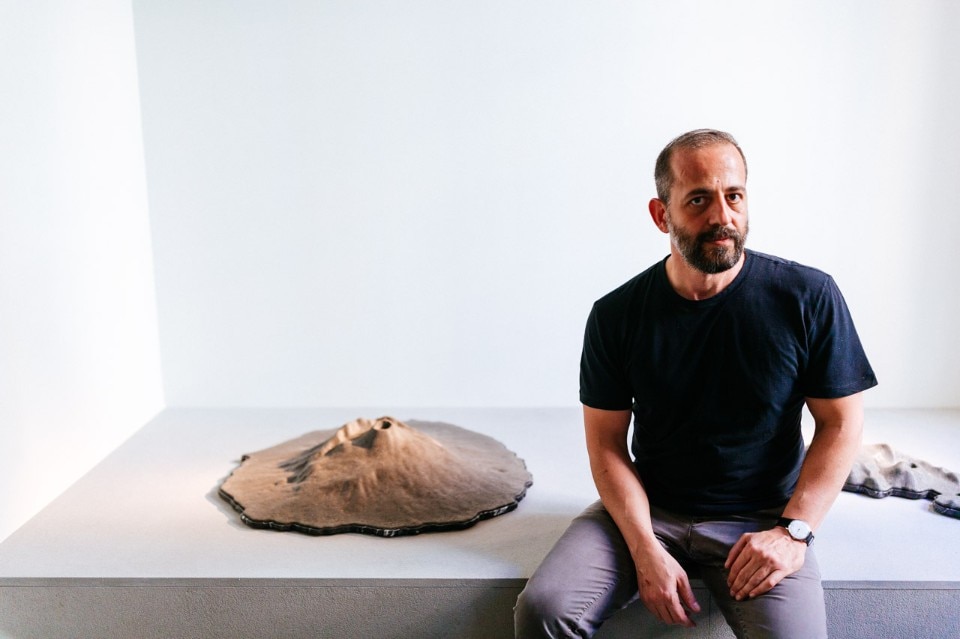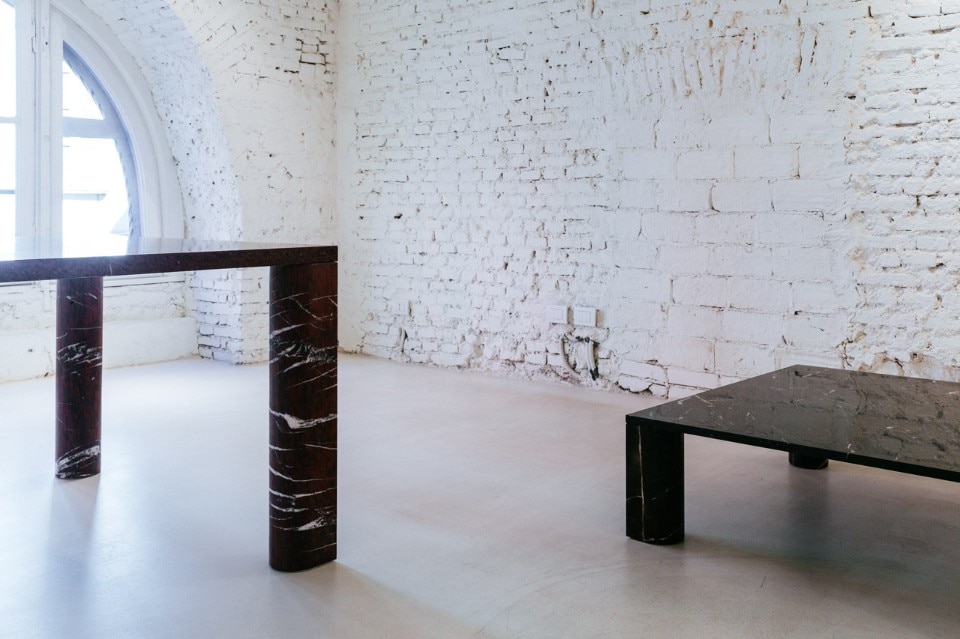
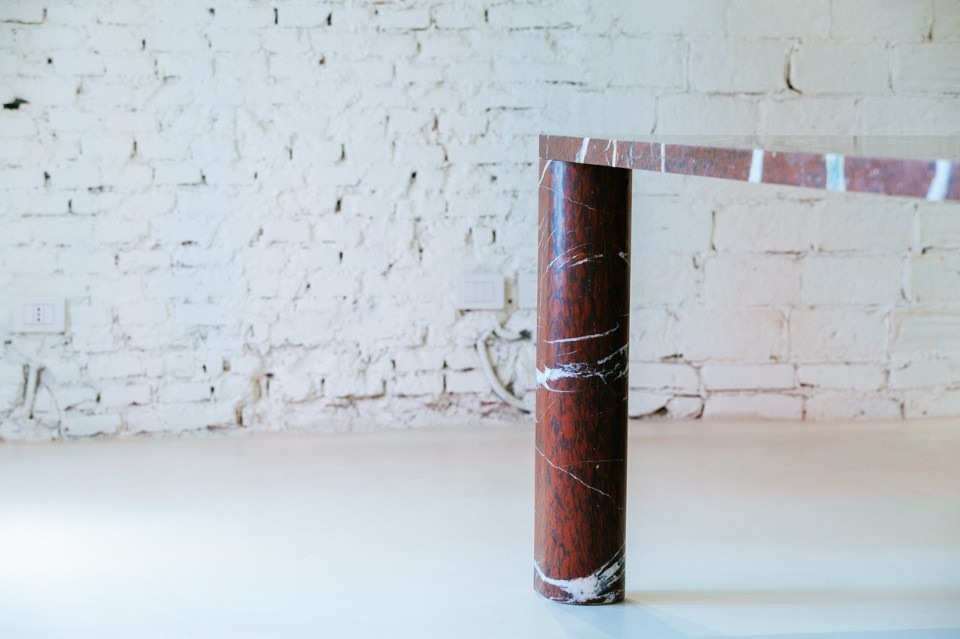
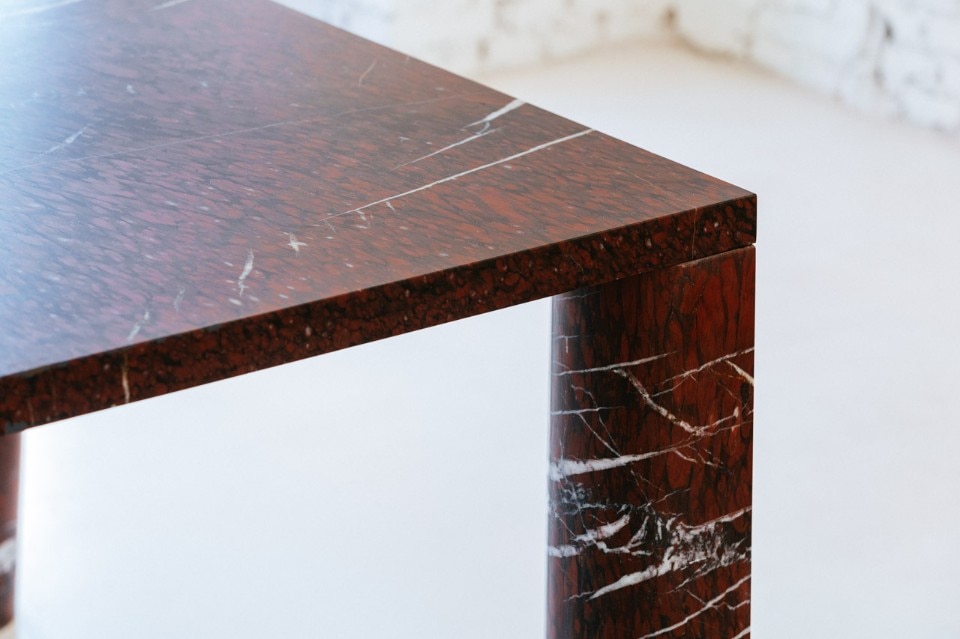
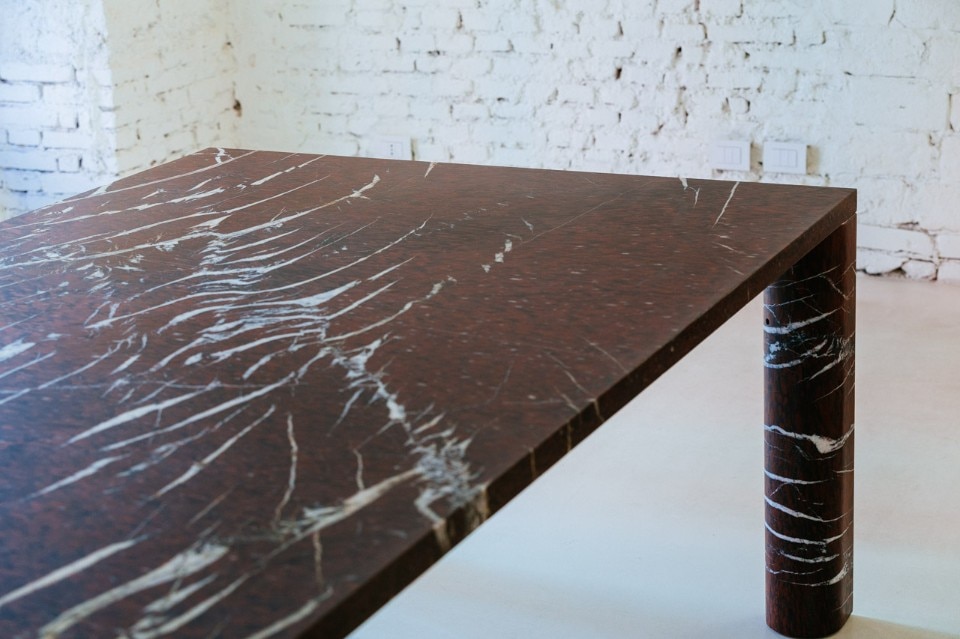
Maria Cristina Didero: This year marks the tenth anniversary of your design practice. How did you start out and how do you feel about it today?
Michael Anastassiades: It started as a reaction to the model-role of the designer at the time when I graduated, where you would design for industry but were limited to established and new companies that would provide the structure and know-how to produce design objects. I followed that role for a while only to realise that no door would open. At times there was suddenly an interest, only to lead to the same failed opportunity due to internal politics or economic climates. Everyone wanted to work with established names and there seemed to be no way to break that mould. It was very frustrating. I was creative, but unable to evolve, as my ideas were not materialised. I had to come up with a model where I could realise my ideas in order move on. In 2007, I decided to take control with my own hands and establish a platform where I had full freedom over what I wanted to produce. I was prepared to take the risk over the success or failure of every idea, no matter how complex it appeared. It took me a very long time to come to that realisation, but then again I was very grateful that I didn’t do it earlier, as the level of maturity would have never been the same.
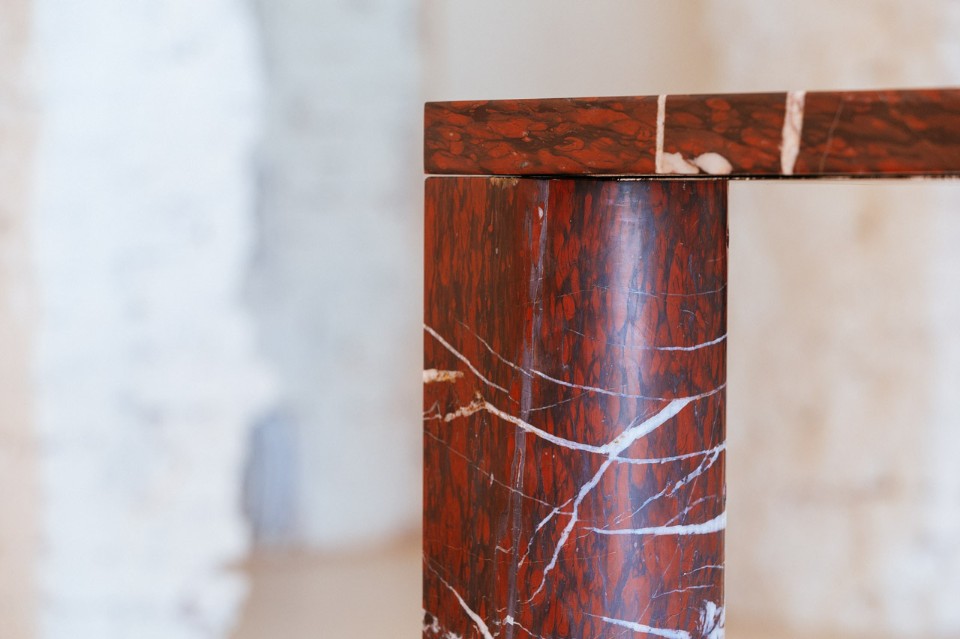
Maria Cristina Didero: You trained as a civil engineer, yet after graduation you ran away from it. What is design then?
Michael Anastassiades: A thoughtful process that leads to the creation of an object.
Maria Cristina Didero: Why brass?
Michael Anastassiades: Well, I do colours now. When I started using brass, nobody was doing that as people thought it was old fashioned. So I decided to go on using it. Now I feel right with colours too. I like to bring colours out when it is the natural patina doing this.
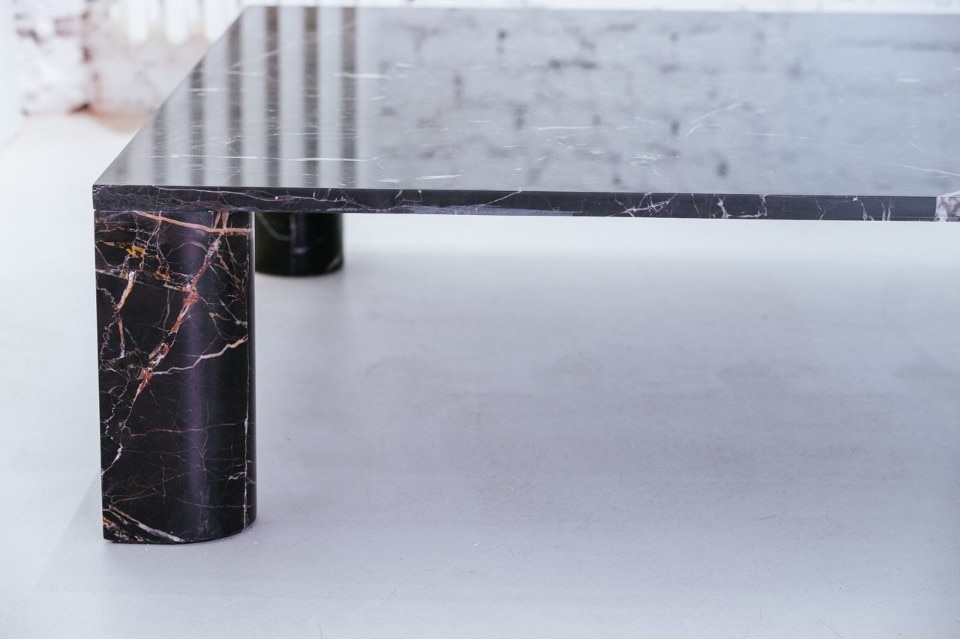
Maria Cristina Didero: Why these multi-layered titles for your collections?
Michael Anastassiades: I think that the names for objects are actually very important. They are there to stimulate reactions in the audience.
Maria Cristina Didero: Your design is described as elegant, minimalist and timeless. What is your own definition?
Michael Anastassiades: It is a language that is reduced, where information is taken out and the design of an object is stripped to the bare minimum, when there is nothing else to remove. It is only then that the idea becomes stronger and the object has more chance to survive time.
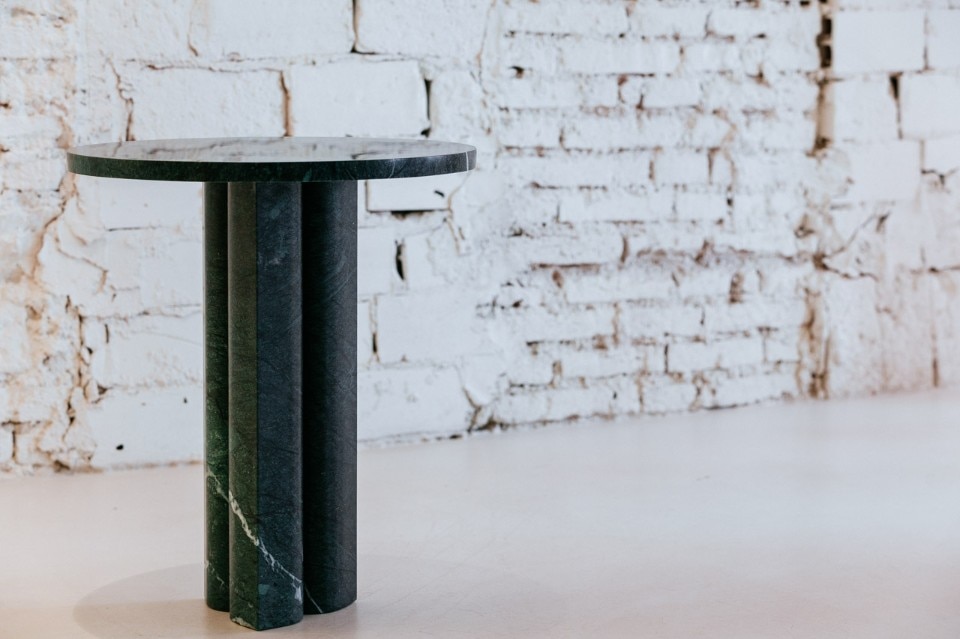
Maria Cristina Didero: Dieter Rams once said, “Good design is long-lasting. It avoids being fashionable and therefore never appears antiquated. Unlike fashionable design, it lasts many years – even in today’s throwaway society.” So taking for granted that good design is timeless, where do you see good design today?
Michael Anastassiades: A good design is one that does not demand attention. One that manages to remain unnoticed in the space at first glance. And on a second observation you start noticing the subtle qualities that make it fit, not only in that particular environment, but also in many others.
Maria Cristina Didero: What is crucial for you before starting a project?
Michael Anastassiades: First, understanding the intent for designing that particular object. Then, being prepared to accept that there is not much to contribute, and focusing on the subtle qualities. I have no interest in designing everything, nor indeed any interest in putting my name behind every object.
Maria Cristina Didero: Which rules do you keep in mind before accepting or starting a project? And do you break these rules?
Michael Anastassiades: I have to feel that I can contribute towards the design of an object. It is only then that I accept the challenge. I do not break my rules. Sometimes it is nobler to decline.
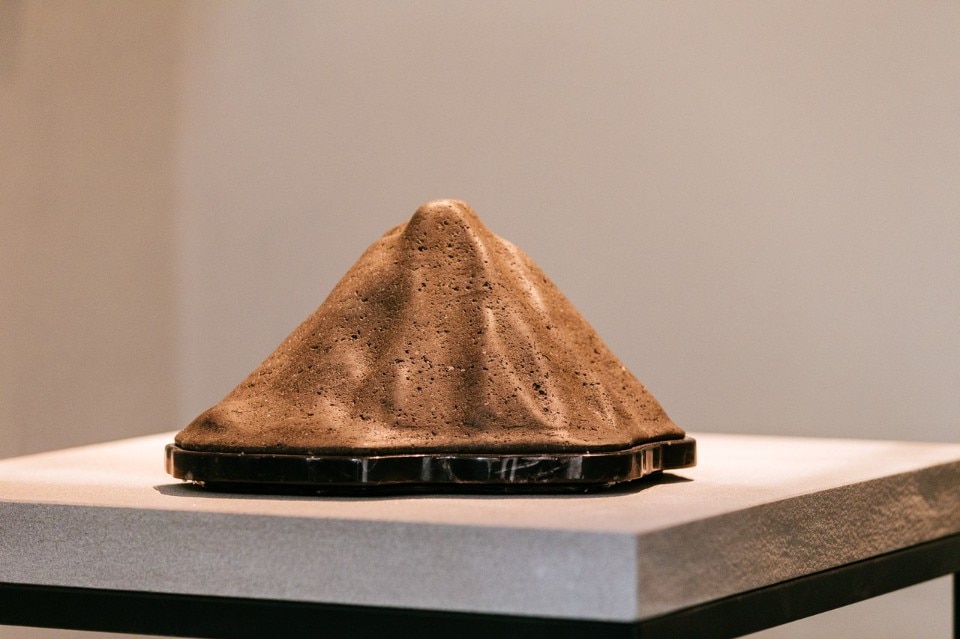
Maria Cristina Didero: What would you suggest to a student who just graduated from university?
Michael Anastassiades: To keep aiming for what he believes in. It is only through persistence that one can become convincing, first to ourselves and then to others.
Maria Cristina Didero: In consideration of what is happening in the world, what is relevant design today?
Michael Anastassiades: Design should have no relevance to time. Similar ideas have reappeared at different times throughout history. There is nothing new in the world of creativity, only in the circumstances under which things are created.
Maria Cristina Didero: You trained as a civil engineer at the Imperial College of Science Technology and Medicine in London. In your opinion, which is the scientific or technological discovery that has revolutionised the history of humanity?
Michael Anastassiades: Technological revolution is simply the replacement of one technology by another in a relatively short period of time. There have been many technological revolutions throughout history that have managed to transform humanity. It is only when we create the right distance that we might realise their long-term effects. I only believe in medical discoveries that improve the quality of our lives.
Maria Cristina Didero: How do you imagine your work in the future?
Michael Anastassiades: My approach would be the same but I am not sure whether my objects will still have the same relevance.
Maria Cristina Didero: Who are the leaders of progress nowadays and why?
Michael Anastassiades: The real leaders are the ones who lead medical research and innovation, but only with relation to improving human lives.
Maria Cristina Didero: Your work aims to provoke dialogue, participation and interaction. Seeing that the products we use every day can affect our person and our well-being, how would you like people to experience your objects?
Michael Anastassiades: I like to leave things open to individual interpretation. I always enjoy a surprise when people describe what they see when encountering or living with an object I have designed. An interesting quality for me is to keep on discovering different things as you spend time with an object.
Maria Cristina Didero: Last year, you collaborated with Herman Miller, one of the most iconic brands worldwide. When does a product become an icon?
Michael Anastassiades: When it survives the test of time. It fails when it becomes dated.
Maria Cristina Didero: A wish for the future of the world of creativity?
Michael Anastassiades: To have the strength to remain an individual.
3–9 April 2017
Michael Anastassiades
Fontana Amorosa
Nilufar Gallery, via della Spiga 32
Love Me, Love Me Not – Salvatori
via Solferino 11

